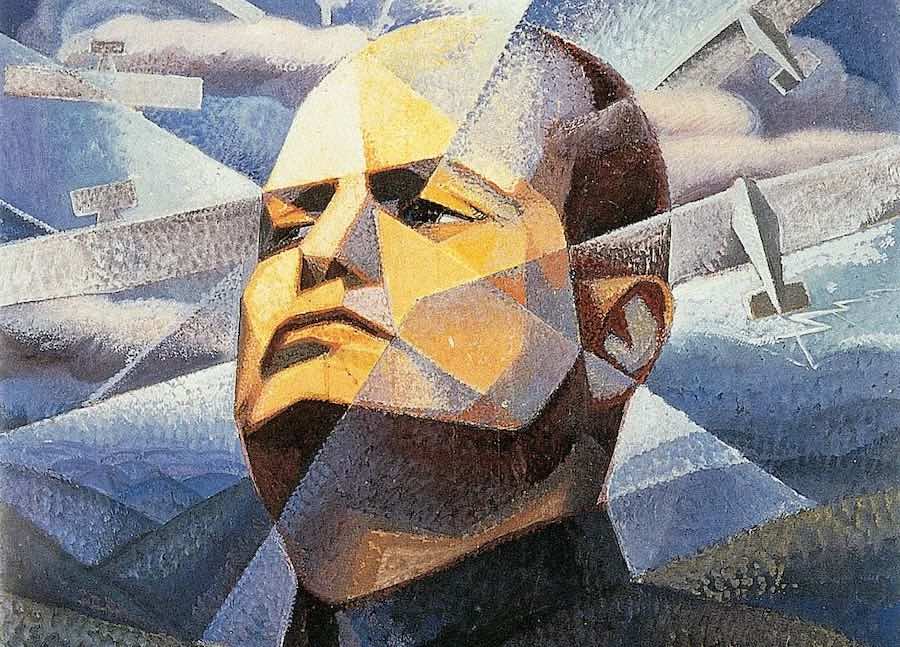
This event has passed.
Art History Illustrated: Art in the Totalitarian Age (c. 1918-1945)

The fine arts are no longer a key component of most political media campaigns, but in the early 20th century, world leaders took painting, sculpture, and architecture very seriously. Hitler’s disdain for modern art led to a witch-hunt for “degenerate” art and its creators, who were ridiculed, exiled, or exterminated. But in Italy, Mussolini enthusiastically embraced the modern aesthetic as his visual brand. In Russia, abstraction was the visual language of the rise of the Communist Party, but under Stalin it would be outlawed. Get to know the political context of Suprematism, German Expressionism, Futurism, Socialist Realism and more, with art historian Brenda Edgar.
This monthly illustrated talk series is presented by art historian Brenda Edgar, in collaboration with The Floyd County Carnegie Library Cultural Arts Center.
Image: Gerardo Dottori, Il Duce, 1933, Museo del Novecento, Milan.
Cultural Arts Center
New Albany, IN 47150 United States
